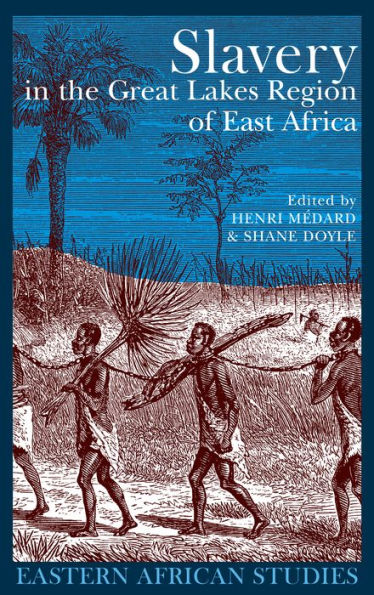These are ten studies by the most prominent historians of the region, four of which have been translated from French. They reveal the connections between the peoples of the region as well as their encounters with the conquering Europeans. The growth of Zanzibari and Sudanese trade had consequences for local forms of slavery. Slave traders were often compelled to negotiate with African leaders more than in neighbouring areas.
Slavery was not a uniform phenomenon and the line between enslaved and non-slave labour was fine. Forms of servitude within the region are compared and a number of conflicting interpretations examined. Kinship ties could mark the difference between free and unfree labour. The social categories are not always clear-cut and the status of a slave could change within a lifetime. There were more female than male slaves and in the pre-colonial period the use of women could be critical for kingdoms in meeting labour demands.
These are ten studies by the most prominent historians of the region, four of which have been translated from French. They reveal the connections between the peoples of the region as well as their encounters with the conquering Europeans. The growth of Zanzibari and Sudanese trade had consequences for local forms of slavery. Slave traders were often compelled to negotiate with African leaders more than in neighbouring areas.
Slavery was not a uniform phenomenon and the line between enslaved and non-slave labour was fine. Forms of servitude within the region are compared and a number of conflicting interpretations examined. Kinship ties could mark the difference between free and unfree labour. The social categories are not always clear-cut and the status of a slave could change within a lifetime. There were more female than male slaves and in the pre-colonial period the use of women could be critical for kingdoms in meeting labour demands.

Slavery in the Great Lakes Region of East Africa
288
Slavery in the Great Lakes Region of East Africa
288Related collections and offers

Product Details
| ISBN-13: | 9780821445747 |
|---|---|
| Publisher: | Ohio University Press |
| Publication date: | 11/16/2007 |
| Series: | Eastern African Studies |
| Sold by: | Barnes & Noble |
| Format: | eBook |
| Pages: | 288 |
| File size: | 3 MB |
